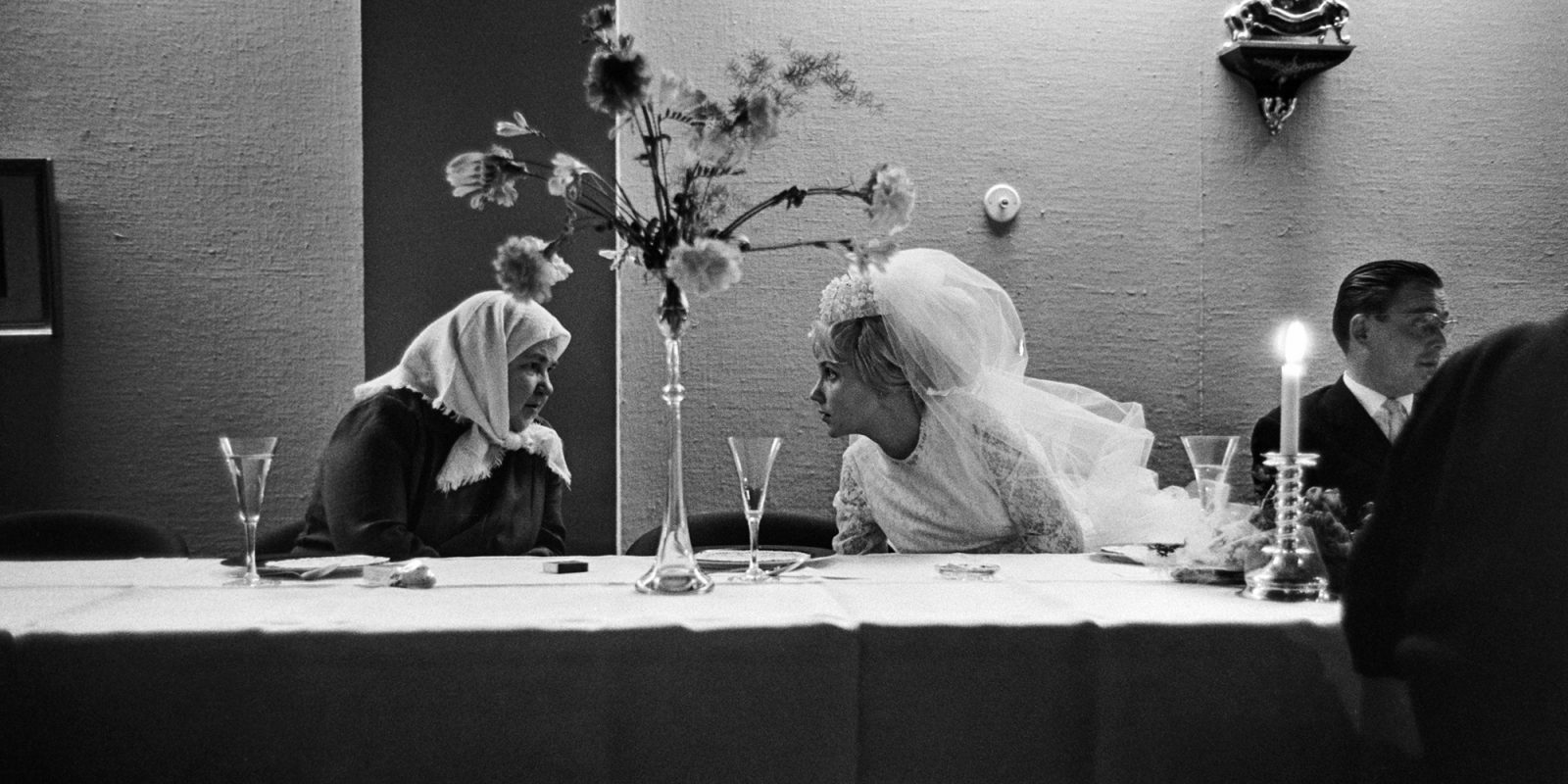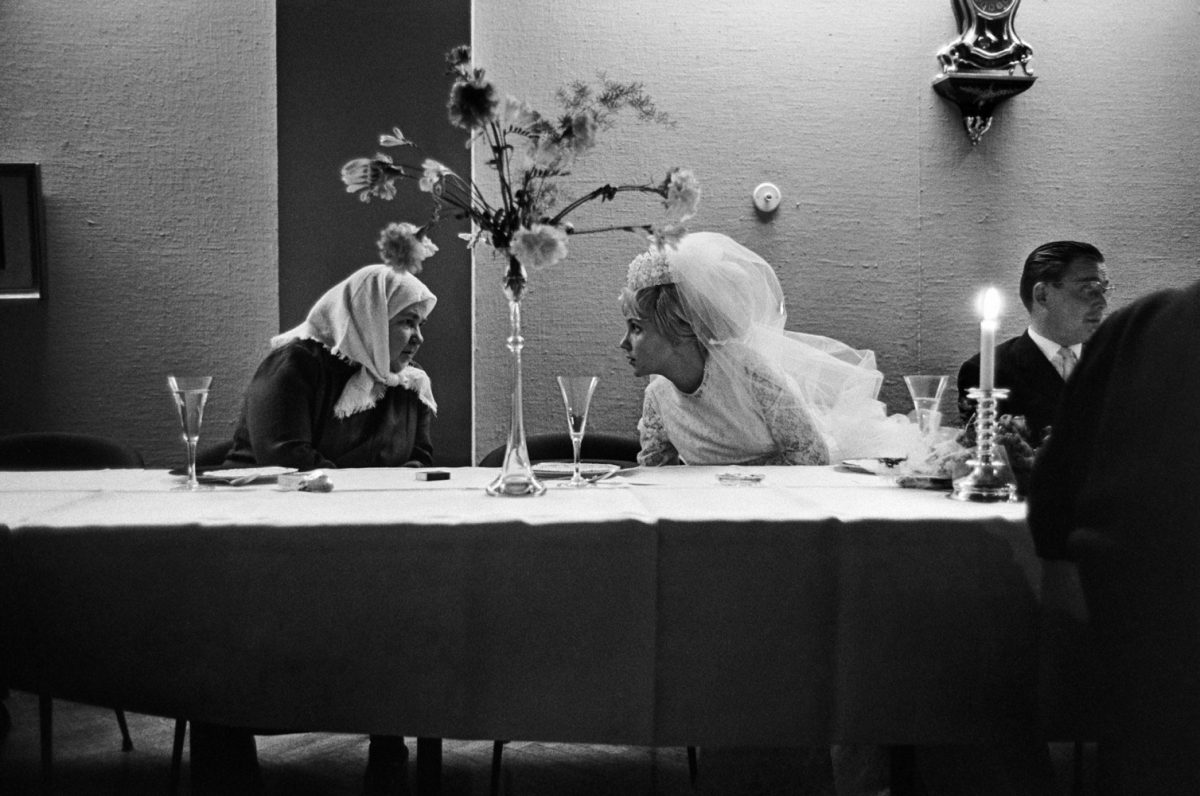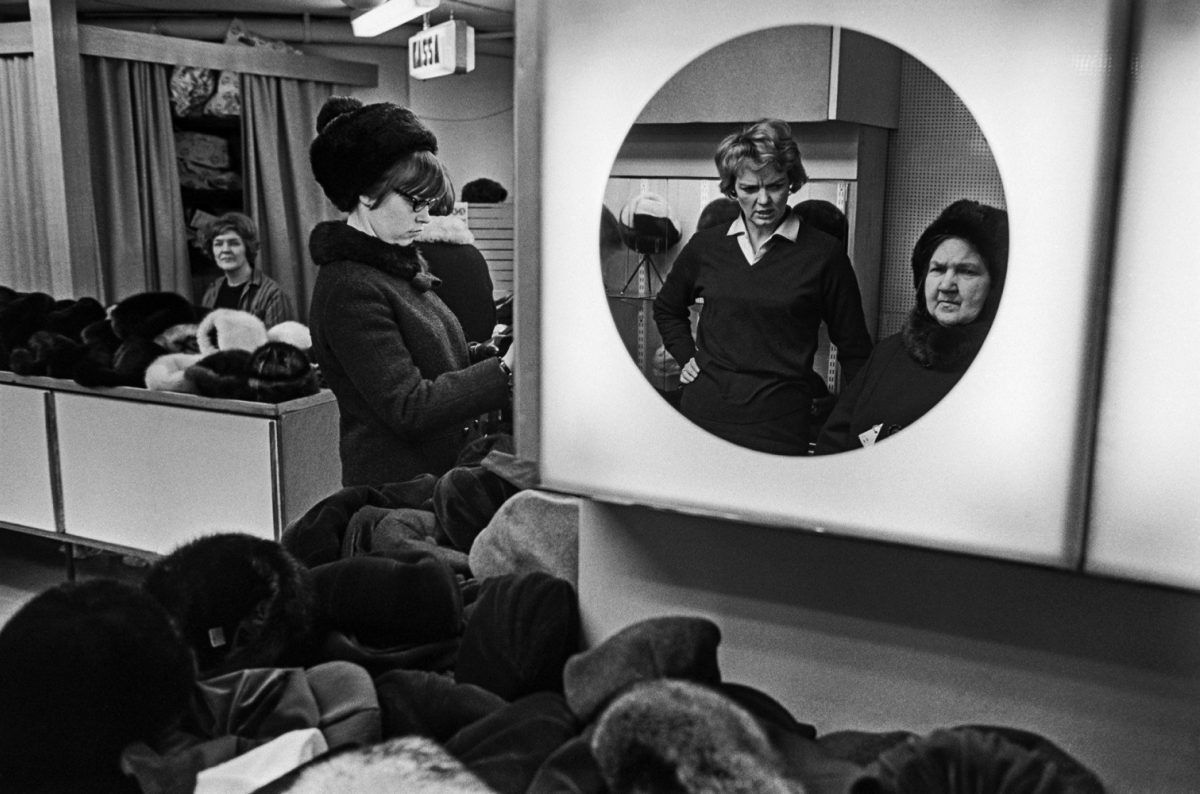
Case Jussi Laisaari
In autumn 1958, young José-Antonio Laisaari Vicente arrives in Helsinki from Spain. Being penniless, he is forced to sleep in a park, but he manages to contact the office of Apu magazine.
José’s story leads back to the border zone between Finland and the Soviet Union in winter 1943. A military unit consisting of Spanish volunteers was fighting there. One day, a shocked 10-year-old boy comes over to the soldiers. His home village has been emptied, and German soldiers have fired shots after him. The boy has missed the evacuation train.
The war orphan follows the soldiers to Spain, and he is transferred into the care of a child welfare organisation. The boy remembers that he is called Jussi, but all other things about his past have been wiped from his memory by the shock. In Spain, he is baptised as José-Antonio Laisaari Vicente, after a famous master chess player called Mauno Laisaari. José goes to school, grows up and gradually forgets the Finnish language. After completing his studies in economics in 1957, he wants to find out where he came from and travels to Helsinki.
Apu’s managing editor, Pauli Myllymäki, begins to dig into the case. During a visit to meet the Myllymäki family, José is served sandwiches. They are held together by cocktail sticks shaped like cockerels (‘kikkiriki’ in Spanish). All of a sudden, José remembers the name of his home village: ‘Kikkerino.’ Soon they are able to identify it as the village of Suur-Kikkeri in Ingria. José is hypnotised. He is six years old again, and he remembers that his surname is Mutanen, that his parents are called Aapraham and Amalia, and that he has three brothers. Myllymäki continues his investigations. Abraham Mutanen went missing during the war, but Amalia and her sons live in Petrozavodsk. She has already seen the cover photo of Apu – that is her son, Junni!
Myllymäki meets with Amalia and José’s brother, Pekka, in Leningrad in 1958 and learns about the disappearance. The Mutanen family lived in Suur-Kikkeri before the Second World War. However, Germany occupied the area in 1941, and the frontline ran across the region. Jussi was an energetic boy who used to travel to the neighbouring villages to sell strawberries to the Spanish soldiers. In 1943, the family had to be evacuated quickly. They had to leave immediately, but Jussi was nowhere to be found. The inconsolable Amalia tried to find Jussi on the platform, but the evacuation train would not wait. The rest of the family ended up in Finland and later in Siberia. They were able to return to Petrozavodsk in 1949.
Because of the Cold War and visa restrictions, mother and son did not see each other until in 1960 in Leningrad. Later, Jussi Laisaari worked for Karair and married Ritva Boström in 1965. Amalia and Pekka were finally allowed to travel to Finland and were able to attend the wedding.
Apu took Amalia and Pekka shopping in the department store Pukeva. She looked at herself in the mirror while wearing a new hat. Her pensive gaze seems to delve deep into the corners of her memory and the depths of a lucky coincidence.
Teksti: Inkamaija Iitiä
Kamera 3/2022

Jussi and Ritva Laisaari’s wedding, 1965. From the left: Amalia Mutanen, Ritva Laisaari (née Boström) and Jussi Laisaari. Photo: Helge Heinonen / Press Photo Archive JOKA

Amalia Mutanen in Pukeva, 1965. Photo: Helge Heinonen / Press Photo Archive JOKA